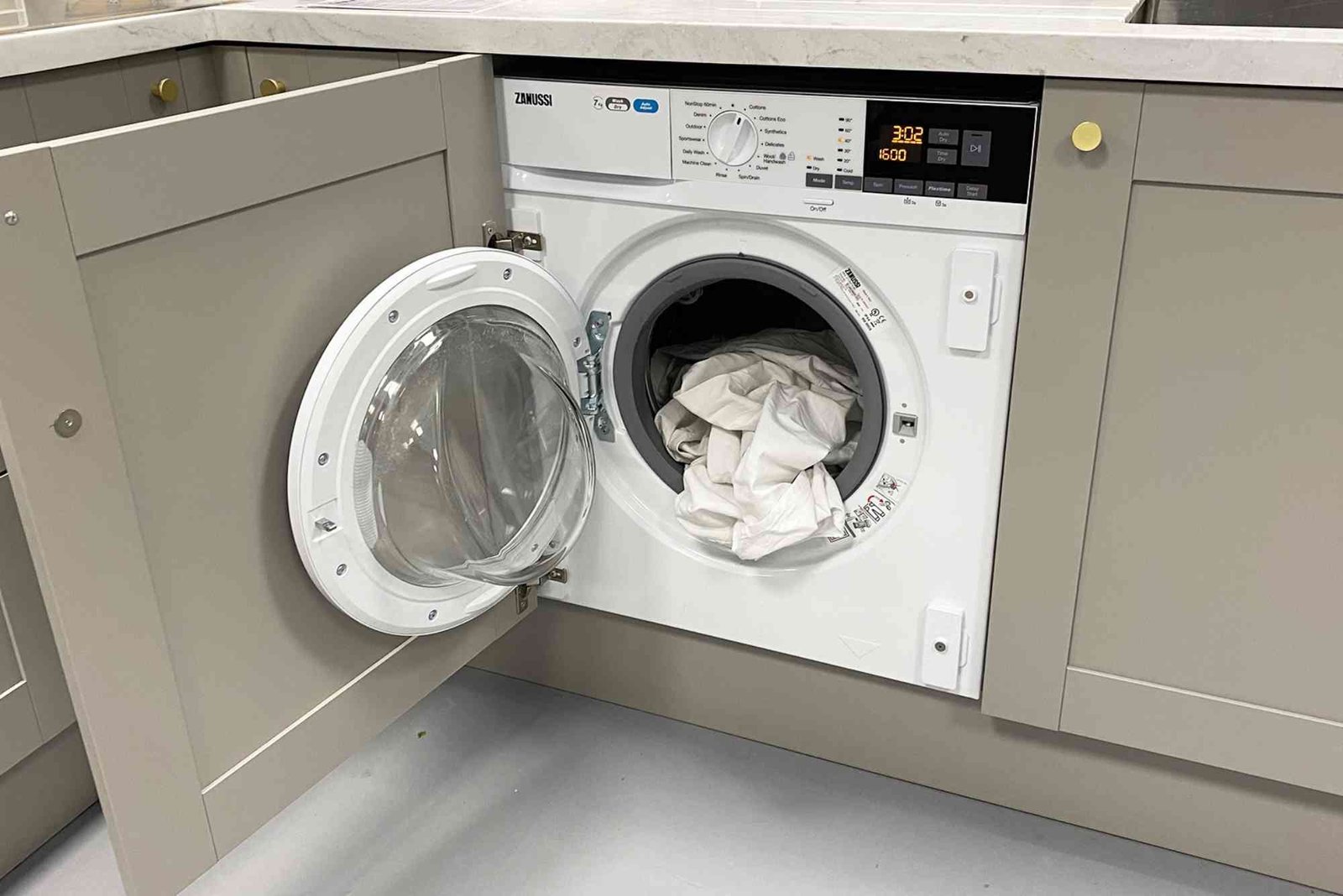Introduction
When buying a used car or maintaining your own vehicle, one of the most important steps is to check the car service history. Knowing the service history provides valuable insight into how well the vehicle has been maintained, the kind of repairs done, and whether it’s been involved in any accidents. Understanding how to check car service history can save you from potential financial and mechanical headaches in the long run.
Checking a car’s service history not only helps in evaluating its current condition but also boosts confidence in your purchase. Whether you are buying from a dealership, a private seller, or even online platforms, having access to verified records ensures transparency and protects you from hidden issues.
Why Checking Car Service History Is Important
Before diving into the methods, it’s essential to understand why car service history matters. Every vehicle has a maintenance story, and service records are the written proof of that journey. A complete history confirms that the car has been regularly serviced according to manufacturer recommendations.
A verified record also helps identify any major replacements like engine repairs, brake system changes, or transmission fixes. It shows if the car has been neglected, which might lead to future breakdowns or expensive repairs. For buyers, checking the service history gives peace of mind and negotiation power when discussing the price.
How To Check Car Service History
Let’s look at how you can check a car’s service history using different online and offline methods. These approaches work for both new and used cars, regardless of the brand or model.
Check Through the Manufacturer or Authorized Dealer
One of the most reliable ways to check a car’s service history is through the manufacturer or authorized service centers. Most car brands maintain a centralized database of service records that are updated whenever a car is serviced at an authorized workshop.
If you have the Vehicle Identification Number (VIN) or the registration number, you can contact the brand’s customer service or visit their official website to request service history information. Some brands even allow you to access the details through a mobile app or online portal.
For example, companies like Toyota, Honda, and BMW have online systems where you can log in, enter the VIN, and get a detailed record of services, parts replaced, and dates. This is one of the most accurate ways to confirm a car’s authenticity and maintenance.
Ask the Previous Owner or Seller
If you’re buying a used car from a private owner, always ask for the service book or receipts of previous maintenance. Many owners keep physical records of each service visit, oil change, or part replacement.
Checking these records can tell you whether the car was serviced at reputable centers and if it followed the recommended schedule. You can also cross-check the receipts with the odometer readings to ensure the mileage makes sense.
A transparent seller will willingly share these documents with you. If a seller avoids showing records or gives vague answers, it’s a red flag that the car might have hidden problems.
Use Online Vehicle History Check Services
In today’s digital age, you can check car service history online through various third-party platforms. These websites collect data from government databases, insurance companies, and service networks to provide a detailed report on any vehicle.
By entering the registration number or VIN, you can access important details such as accident history, MOT (roadworthiness test) records, mileage verification, and sometimes even service details. Examples include Carfax (for US), AutoCheck, and government vehicle check portals available in many countries.
These reports are especially helpful if the car was imported or had multiple owners, as they compile data from several sources.
Check the Service Book or Maintenance Log
Every new car comes with a service book that documents each maintenance visit, including the date, mileage, and type of service performed. The book is usually stamped and signed by the authorized service center.
If you’re dealing with a used car, ask to see this service book. The entries will reveal if the car has been serviced regularly and according to the manufacturer’s recommendations. Missing stamps or irregular service intervals can indicate poor maintenance or tampering.
Contact Insurance Companies or Government Databases
Insurance companies often record repair and claim data. If the car had an accident or underwent major repairs, the insurance records might show the details. Similarly, in many countries, government transport departments keep vehicle inspection data that can be accessed online.
For instance, the UK’s DVLA or India’s VAHAN portal provides details about a vehicle’s registration, fitness, and sometimes service or MOT history. These records add another layer of reliability when verifying a car’s background.
Mobile Apps and Smart Car Systems
Modern vehicles often come with built-in smart systems that automatically log service history. Many brands now link car data with mobile apps, allowing owners to check maintenance reminders and completed services.
Apps like MyHyundai, Toyota Connected, or BMW ConnectedDrive store detailed service records digitally. If you’re buying such a car, ask the seller to transfer ownership of the app account so you can access the full service history.
Independent Mechanic Inspections
If you can’t access official service records, hiring a certified mechanic to perform a full inspection is another effective way. A professional can examine the engine condition, tire wear, brake performance, and other parts to estimate the maintenance level.
Although this doesn’t replace documented history, it gives you an expert opinion on whether the car has been properly cared for. Many car inspection services also provide written reports you can keep for your records.
Common Red Flags in Car Service History
While checking the history, look out for signs that something might be wrong. Inconsistent mileage readings across service records may suggest odometer tampering. Missing service intervals or long gaps between maintenance visits indicate neglect. Also, frequent repairs of the same component could mean a recurring issue.
Another red flag is if the car has been serviced at unknown or unauthorized centers that might not follow proper standards. Always verify that the workshops mentioned in the service book are legitimate.
How To Check Car Service History Before Buying a Used Car
Before you buy a used car, always make checking the service history a top priority. Request both physical and digital records. Verify them with the official brand service center if possible. Run an online vehicle history check using the registration number to confirm the information.
You should also compare the car’s current mileage and condition with what’s mentioned in the records. Any mismatch could indicate tampering. Don’t hesitate to walk away from a deal if the seller refuses to show proper documentation.
Benefits of Having a Complete Car Service History
A full car service history doesn’t just protect the buyer—it benefits the seller too. Cars with complete and verified service histories usually fetch higher resale prices. It shows that the vehicle was cared for and maintained properly.
Additionally, some manufacturers offer extended warranties or special benefits for vehicles with continuous service records. Having the history makes it easier to claim insurance or warranty in case of mechanical failure.
Tips for Keeping Your Car Service History Updated
If you own a car, maintaining an updated service history is equally important. Always keep receipts of oil changes, part replacements, and other maintenance activities. Record the mileage and date after every visit.
Consider scanning or photographing physical receipts and storing them digitally in cloud storage for backup. Using mobile apps for maintenance reminders can also ensure you never miss a service. A well-documented service history adds value to your vehicle and simplifies the selling process in the future.
Knowing how to check car service history gives you the power to make smarter, safer decisions when buying or maintaining a car. Verified records ensure transparency, reliability, and long-term savings. Whether you use official manufacturer portals, online vehicle check websites, or traditional service books, always confirm the accuracy of the information.
If you’re exploring more automobile-related topics, visit How To Check Car Service History for detailed guides and updates. For more automotive tips and fun reads, check this Related Automobile article. Want to explore additional resources? Learn more today and stay informed about everything from car care to lifestyle trends.
FAQs
How do I find my car’s service history online?
You can check your car’s service history online using the manufacturer’s website, authorized dealer portals, or government databases by entering the VIN or registration number.
Can I check a car’s service history by registration number?
Yes, many platforms allow you to check car service history by registration number. Some services even show MOT, accident, and ownership details.
Is it possible to get a car’s service history if it was serviced privately?
If a car was serviced at an independent workshop, you’ll need to ask the previous owner for receipts or contact the workshop directly for records.
What if the car doesn’t have any service history?
Lack of service history is a warning sign. You can still get the car inspected by a professional mechanic to check its condition before buying.
Can a dealer hide service history?
A reputable dealer should never hide service history. If they do, it’s best to avoid the purchase and look for another car.




